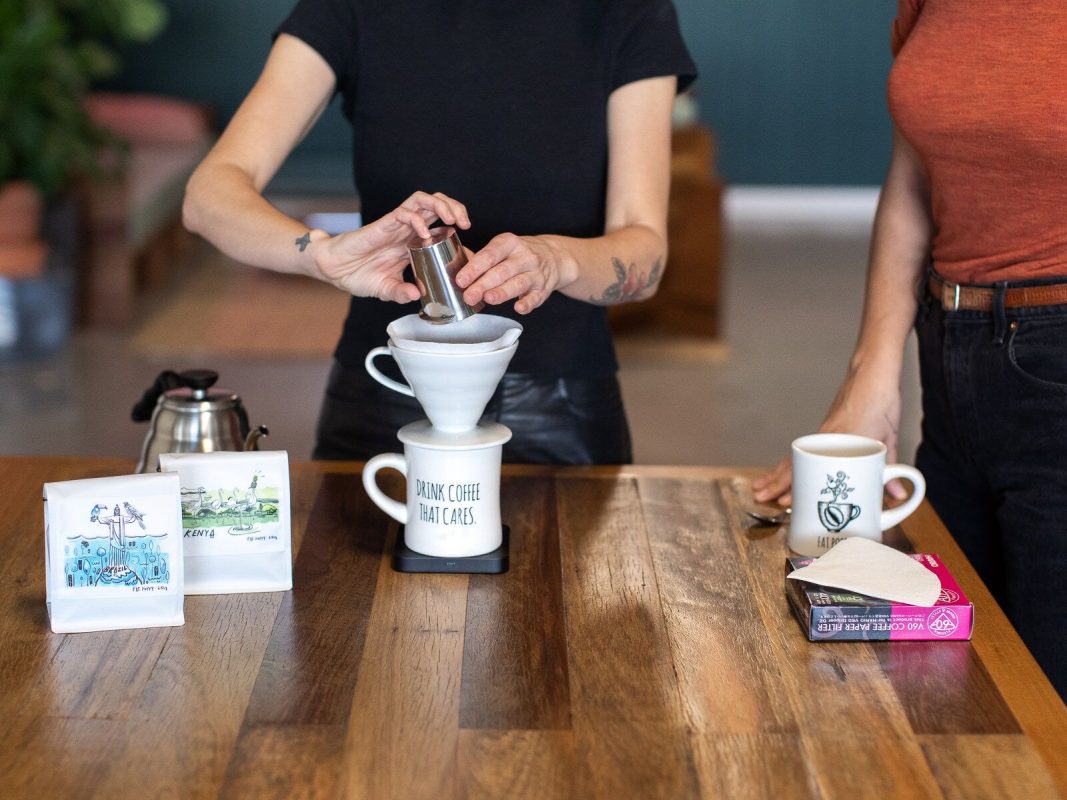News
5 Easy Tips to Help You Brew Better Coffee at Home
5 easy tips to help you brew better coffee at home
1. Buy fresh coffee
When brewing coffee at home, purchasing fresh coffee is by far the most important thing. If you don’t start with fresh coffee, then achieving a quality cup is an impossible feat. An easy way to check if the coffee you are purchasing is fresh, is to look at the ‘roast date’ on the coffee bag. If the coffee does not have a ‘roast date’, but rather has a ‘best before date’, then you should assume the coffee is not fresh.
2. Only use whole bean coffee
Using whole bean coffee is essential for making a quality cup. This is because pre-ground coffee lacks aroma and flavour. There are a number of reasons as to why this is the case, such as: Contamination, Oxygen, Moisture, and Carbon Dioxide Depletion. However, without getting too technical, you should think of it like this:
If you bought a good bottle of wine, would you take the lid off and leave it out for weeks or months or years before drinking it? For those who appreciate good wine, the answer is simple – no because it would spoil the wine. Well, think of pre-ground coffee, as wine that’s been left out to spoil.
With that said, if you don’t own a grinder the next best option is to purchase ground coffee that’s been ground fresh to order. This could mean dropping into your local cafe and asking them to grind it freshly for you or purchasing it from a specialty roaster (like us) where you know your coffee is ground right before its sent out.
3. Grind your coffee to the correct particle size
Grinding your coffee to the correct particle size is a must for brewing a quality cup at home. This is a very common mistake and one that’s easy to fix. Depending on how you wish to brew your coffee (e.g., plunger, drip filter, espresso) the coffee needs to be ground specifically for that brewing device. For instance, a plunger requires a much courser grind than an espresso machine and so on. It is very important to get this correct, otherwise you will either over-extract and/or under-extract your coffee, which will lead to harsh, undesirable flavours. To find out more about this, head to our freely available brew guides.
4. Get your brew ratio right (coffee to water ratio)
The ratio of coffee to water you use will drastically affect the flavour of your coffee. To understand this better, think of it like making cordial. Too much cordial to water will taste sickly sweet, yet too little cordial to water, will taste watered down and flavourless. Although coffee and cordial aren’t the exact same, the importance of ratio still holds. There are lots of factors that will change the ratio you decide to use (e.g., bean, roast, freshness), but start with 18:1 (18 parts water to 1 gram of coffee) and alter it from there, if need be. To find out more about this, head to our freely available brew guides.
5. Use good quality water
Because water makes up about 98 – 99% of brewed coffee, water quality is paramount in brewing a quality cup. So, as you can probably guess, tap water is really not ideal. Tap water contains chlorine and a bunch of other minerals that will really affect the taste of your coffee. With that said, constantly buying bottled water isn’t a very cost effective or environmentally friendly option either. The most affordable way to ensure you are using good quality water, is to invest in a cartridge-based water filtration system – one that can easily fit in your fridge.

